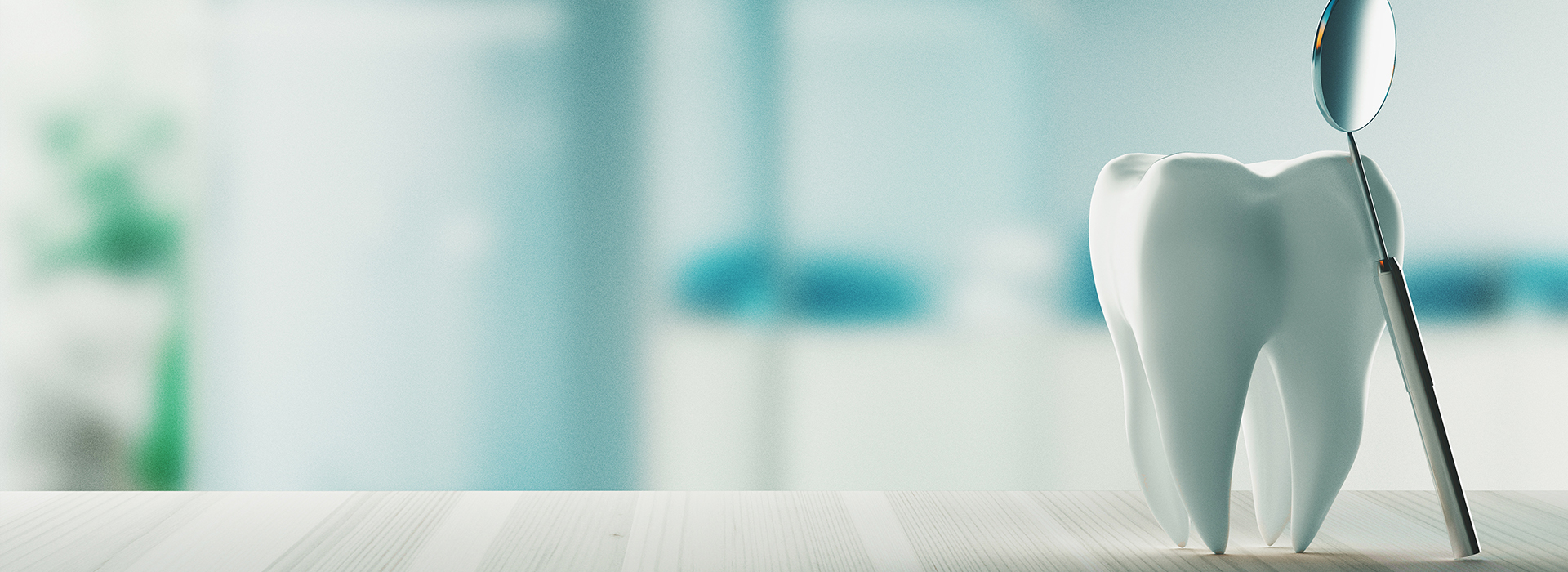
If a tooth has been weakened by decay, fracture, or wear, a dental crown can be the durable, esthetic restoration that brings form and function back to your smile. A crown fits over the visible portion of a tooth, reinforcing it while restoring its natural shape and appearance. Our approach emphasizes conservative care and long-lasting results, designed to blend seamlessly with the rest of your teeth.
The team at Lake Minneola Dentistry combines modern materials with careful craftsmanship to deliver crowns that look natural and perform reliably. We focus on personalized treatment plans so each restoration addresses your unique dental needs and cosmetic goals.
A crown completely caps a prepared tooth, protecting it from further damage and reestablishing proper chewing function. Unlike a filling that replaces part of a tooth, a crown surrounds the tooth and provides structural support, which is especially important for teeth that have been substantially weakened by decay or fracture.
Contemporary crown materials are engineered to mimic natural enamel in translucency and texture, so a well-made crown should be difficult to distinguish from adjacent teeth. Beyond appearance, crowns restore the contours of the tooth to help maintain healthy bite relationships and prevent abnormal wear on neighboring teeth.
When a crown is placed correctly, it reduces the risk of additional fracture and can extend the functional life of a compromised tooth for many years. Regular dental visits and proper oral hygiene are essential to maximize the longevity of any restoration.
Crowns are often the recommended solution when a tooth has experienced extensive decay, a large failed filling, or a crack that threatens the remaining structure. They are the standard option after root canal treatment to reinforce the tooth and protect it from splitting under functional loads.
Teeth that have been worn down by grinding (bruxism) or by chronic acidic erosion may also benefit from crowns to rebuild lost height and restore proper chewing surfaces. In restorative dentistry, crowns can serve as the anchor for a bridge or as the visible restoration over a dental implant, offering both function and esthetics.
Cosmetic considerations can also justify crown therapy. When a tooth’s shape, size, or shade cannot be corrected predictably with less invasive methods, a crown provides a comprehensive way to achieve the desired appearance while improving durability.
Preparing a tooth for a crown typically begins with a careful assessment and digital imaging to evaluate the extent of damage and to plan the restoration. Local anesthesia keeps the procedure comfortable while the tooth is shaped to create adequate space for the crown material.
At our office we use a high-precision digital workflow: a Medit digital scanner captures detailed, three-dimensional impressions without messy putty. These digital files are used to design a crown that matches the contours and shade of your adjacent teeth. A temporary crown protects the prepared tooth while the laboratory fabricates the final restoration.
At the placement appointment, the temporary is removed and the permanent crown is evaluated for fit, occlusion, and esthetics. The crown is then bonded in place with dental cement, and we make any fine adjustments needed to ensure comfortable bite and proper contact with surrounding teeth. We finish by polishing the restoration so it harmonizes with the sheen of your natural enamel.
Material choice plays a central role in the final result. All-ceramic and porcelain crowns are prized for their lifelike translucency and color-matching ability, making them an excellent option for front teeth and visible restorations. These metal-free options are also biocompatible and resistant to staining, which helps maintain a natural appearance over time.
For posterior teeth that endure higher chewing forces, high-strength ceramics—such as zirconia-based options—can provide superior fracture resistance while still offering an attractive finish. Your dentist will discuss the pros and cons of each material based on the tooth’s location, functional demands, and esthetic priorities.
Whatever the material, modern laboratory techniques and shade-matching protocols allow us to tailor each crown to your smile, delivering a restoration that balances esthetics with the mechanical properties required for long-term success.
Care for a crowned tooth follows the same basic principles as caring for natural teeth: twice-daily brushing with fluoride toothpaste, daily flossing, and routine dental exams and cleanings. These habits help protect both the crown and the supporting tooth from decay and gum disease.
Avoiding hard or highly abrasive habits—such as opening packages with your teeth or chewing ice—reduces the risk of chipping or dislodging a crown. If you grind your teeth at night, a custom nightguard can protect your restorations as well as your natural dentition from excessive wear.
Regular dental visits allow the team to monitor the crown’s margins and the health of the surrounding gums. Prompt attention to any sensitivity, looseness, or changes in bite can prevent small issues from becoming larger problems.
Contact Lake Minneola Dentistry at 352-995-7959 to book a consultation, or fill out our online form to request an appointment today! We will evaluate your situation and recommend the most conservative, long-lasting approach to restore your tooth.
Whether you are repairing a damaged tooth or pursuing a more consistent smile, a well-designed crown is a reliable way to restore function and confidence. Contact us to learn more about how crown therapy may fit into your personalized treatment plan.

Ready to schedule your next dental appointment or have questions about our services?
Contacting Lake Minneola Dentistry is easy! Our friendly staff is available to assist you with scheduling appointments, answering inquiries about treatment options, and addressing any concerns you may have. Whether you prefer to give us a call, send us an email, or fill out our convenient online contact form, we're here to help. Don't wait to take the first step towards achieving the smile of your dreams – reach out to us today and discover the difference personalized dental care can make.